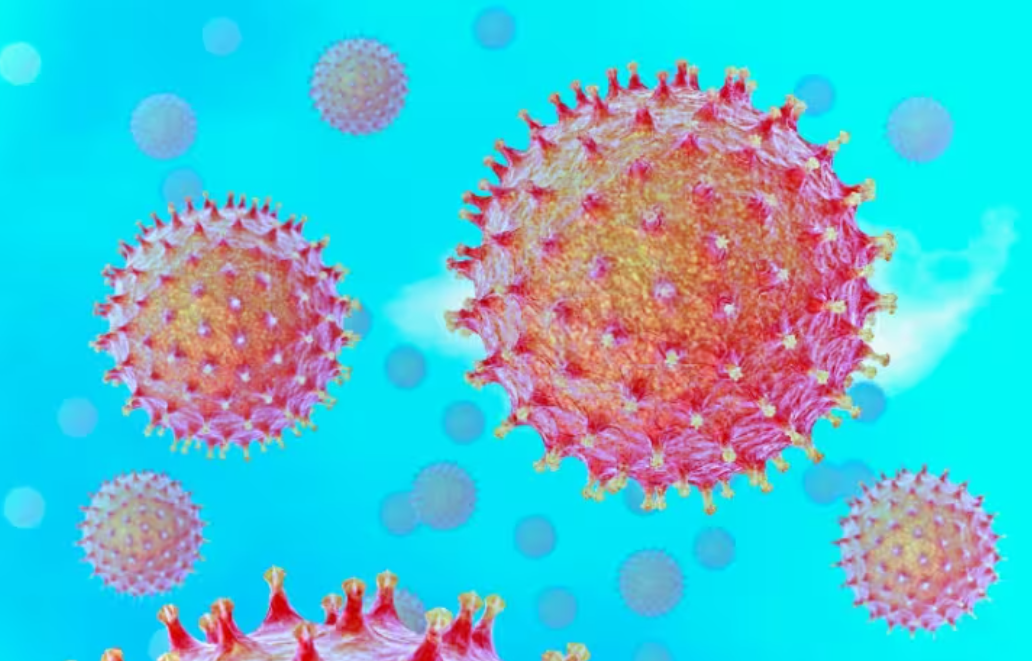Princess Kate’s diagnosis of cancer at the age of 42 sheds light on the alarming trend of this illness affecting younger demographics, although advancements in treatment have improved survival rates. Approximately 40% of Americans are expected to confront cancer at some stage in their lives, with just under 20% succumbing to the disease, making it the second leading cause of death in the United States.
Traditionally viewed as a disease of older age groups, with 88% of diagnoses occurring in individuals aged 50 and above, cancer, particularly colon cancer, is on the rise among younger cohorts. Americans born between 1981 and 1996 face double the risk of colon cancer compared to those born in 1950.
Despite efforts to pinpoint causes, the increase in cancer incidence among younger adults remains largely unexplained. Dr. Ginger Gardner from Memorial Sloan Kettering Cancer Center emphasizes that cancer doesn’t always adhere to conventional expectations. The silver lining lies in the fact that many cancer types are now survivable for extended periods, with significant improvements in the quality of life for survivors. Additionally, there are strategies to enhance survival rates.
Dr. Gardner underscores the importance of being attuned to one’s body as a crucial step in cancer awareness. Any unusual symptoms should prompt proactive medical evaluation, such as changes in bowel habits, pelvic discomfort, bloating, or rectal bleeding. Early screening offers a vital opportunity for early detection when treatments are typically less aggressive and survival prospects are higher. Federal guidelines recommend routine screenings for various cancers at different ages, along with the utilization of the HPV vaccine to mitigate the risk of specific cancers. Genetic predispositions and family history play a pivotal role in cancer risk assessment, guiding tailored preventive measures and screenings. Dr. Gardner advocates for increased attention to gynecologic cancers, which are underfunded despite their significant impact.
Cancer remains a formidable challenge, affecting approximately 1.6 million Americans annually and claiming over 600,000 lives. Despite a slight increase in cancer-related deaths projected for 2024, there has been a notable 33% decline in mortality rates since 1991. Common types of cancer include breast, lung, prostate, colorectal, and melanoma. Lifestyle modifications such as tobacco and alcohol reduction, healthy dietary choices, and sun protection are recommended for cancer prevention.
The reasons behind the surge in cancer cases among younger individuals remain unclear, with factors such as environmental influences, changes in gut microbiota, and obesity being considered as potential contributors.



